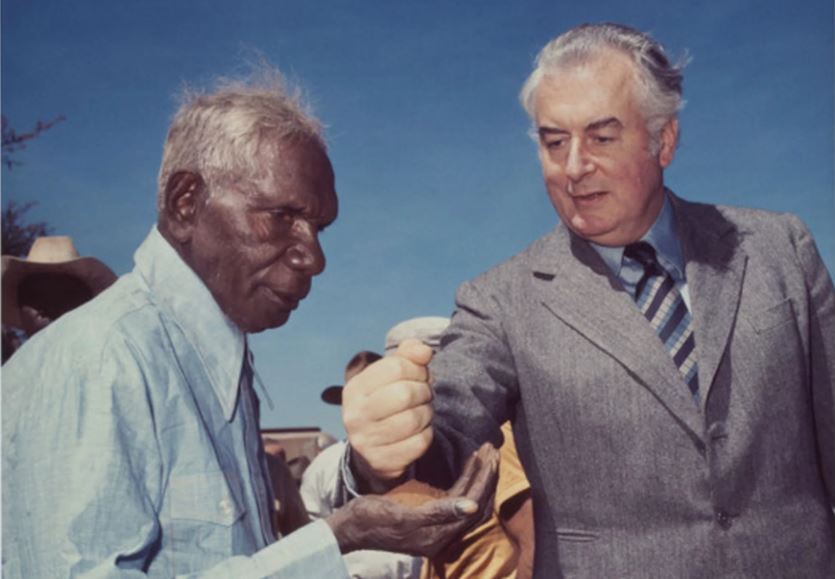National Reconciliation Week is a time to reflect upon the work still required to bridge the gap between Indigenous and non-Indigenous Australians.
Eight months have passed since the failed national referendum to include Indigenous Australians in the Constitution. While the lead up to the referendum was emotionally and politically charged, the aftermath seems to be one of resignation and malaise.
By now, we might have expected those who campaigned against the Voice to step up with their proposals to improve the lives of Indigenous Australians.
By now, we might have expected the Prime Minister and his government to have unveiled their Plan B. Apparently, there is no Plan B.
Some have drawn parallels with the 1999 referendum on the Republic which, having failed, was left to languish. While we can continue to co-exist with a distant and largely irrelevant monarchy, reconciliation between Indigenous and non-Indigenous Australians is far too important to be left to languish.
Despite the absence of leadership and direction from Canberra, we all need to move forward with small steps toward reconciliation built on good will, genuine mutual regard and acceptance.
Small but important steps are being taken at the state level. The Victorian government is involved in Treaty discussions with First Peoples. The Yoorrook Justice Commission is at last engaging in a truth telling process.
But there is more we can do at a local level. There is a lack of awareness and understanding among many Australians about Indigenous cultures, histories, and contributions and this presents a barrier to genuine reconciliation.
Hepburn Shire Council has taken small steps to return Dja Dja Wurrung language to country through the renaming of Larni Barramal Yaluk, the co-naming of Lalgambuk / Mt Franklin, and the recently announced naming of Djuwang Baring – the Creswick Trails project.
Council is developing a new Reconciliation Action Plan which will be made public in the coming months. The RAP will focus on developing and strengthening relationships with Aboriginal and Torres Strait Islander peoples and developing strategies to empower First Nations peoples.
The Manna Gums Frontier War Memorial recognises Aboriginal People who fought to protect their land and their communities in the same way that other Avenues of Honour around the country recognise the bravery and sacrifice of people who fought in the Australian armed forces overseas.
The award winning Coranderrk Portraits exhibition at the Daylesford Museum documented the suffering of displaced Dja Dja Wurrung people who were shunted from the Neereman “protectorate” to Franklinford and finally to Coranderrk.
Local interest groups are also making small steps. The Great Dividing Trail Association is working with Djandak, Outdoors Victoria and Federation University to lead a series of walks on country in December to learn first-hand about some of the mountain peaks sacred to Dja Dja Wurrung People.
In the lead up to Reconciliation Week, local libraries hosted a first Nations program titled “Little Wombats” where they used music, dance, art, games, and storytelling to help children learn about First Nations Culture.
We can all make similar small steps through our schools and community groups, through our reading and reflection, through the stories we follow and the stories we spread.
In the words of Paul Kelly and Kev Carmody, “From little things, big things grow.”
The Wombat Post Editorial Committee
Related Stories:
We’re Getting on with the Job, Post-Referendum
Council Reaffirms Commitment to Reconciliation in Wake of Referendum Result





